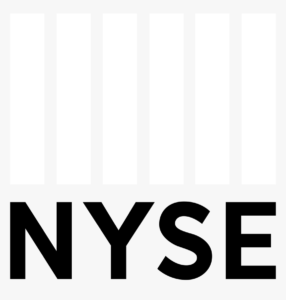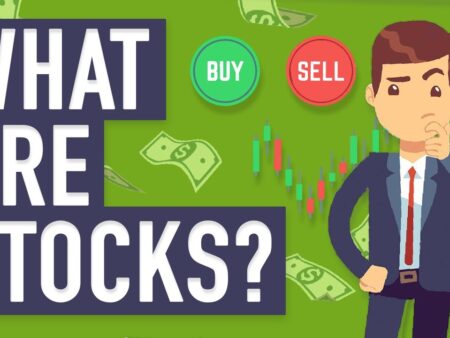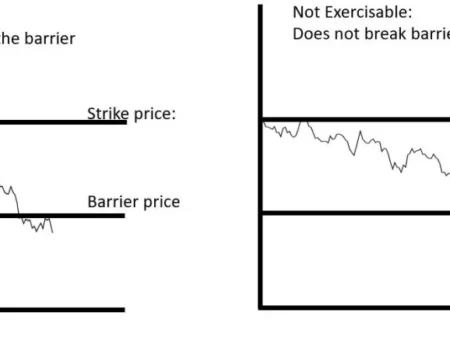
The New York Stock Exchange (NYSE) is the world’s largest stock exchange, holding 82 percent of the S&P 500 as well as seventy of the world’s best companies. It is a publicly traded corporation that provides a framework for the purchase and sale of over 9 million company shares and equities on a daily basis.
The NYSE, which is headquartered on Wall Street in New York City and is owned by The Intercontinental Exchange (NYSE: ICE), has a history that dates back more than two decades. The vast majority of the world’s largest, best, and most prestigious corporations prefer to list their securities on the stock exchange.
The NYSE, also known as the “Big Board,” has two trading floors: one for stocks and one for the NYSE American options market. In 1978, both of the major buildings, one at 18 Broad St. and one at 11 Wall St., were designated as historic landmarks. Furthermore, the NYSE is the largest stock exchange by market capitalization, which is expected to be $26.64 trillion in August 2021.
For decades, the NYSE relied solely on floor trades through the open outcry mechanism. Several NYSE trades have gone digital, with designated market makers (DMMs) handling both physical and digital bids. DMM bids are the same as those issued by floor brokers and other market participants.
The New York Stock Exchange’s History (NYSE)
The exchange arose from a meeting of 24 equity brokers in 1792 beneath a buttonwood tree on what was once Wall Street in New York City. In 1817, it was incorporated as the New York Stock and Exchange Commission. The current name was chosen in 1863. For the majority of the NYSE’s existence, members—limited (from 1953) to 1,366—controlled the exchange, and the primary way to become a member was to buy a position from an associate member (since 1868).
The NYSE’s organizational structure changed in 2006, when it formed the NYSE Group, Inc., a publicly traded company, with Archipelago Holdings.
Stock exchange trading explained:
For every trade, the NYSE employs a continuous bidding structure. Brokers trade stocks by bidding on assets to get the best price. Despite its reputation as a trading floor, many equity trades are now digital, with software connecting buyers and sellers.
Despite the fact that most trades are now conducted through digital channels, the NYSE remains a diverse marketplace. This allows brokers to send bids to the trading floor or the digital platform, where they are fulfilled by floor agents.
In preparation for the transition, the final memberships on the exchange were auctioned off in December 2005 (some for as much as $4 million). All ticket holders were made NYSE Group stockholders.
The parent company, NYSE Euronext, was formed in 2007 through a collaboration with Euronext N.V., a consortium of European securities exchanges. In 2008, NYSE Euronext purchased the American Stock Exchange (subsequently renamed NYSE Amex Equities). Intercontinental Exchange, an electronics dealer of energy supplies, bought NYSE Euronext four years later and retained control of the NYSE. In 2017, the NYSE acquired the National Stock Exchange.



